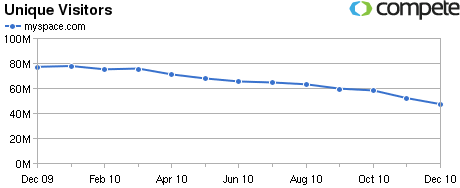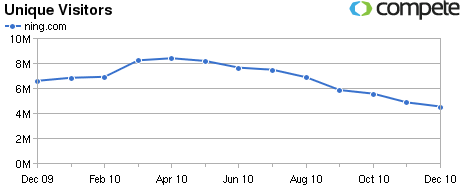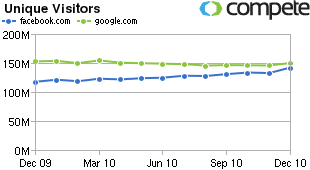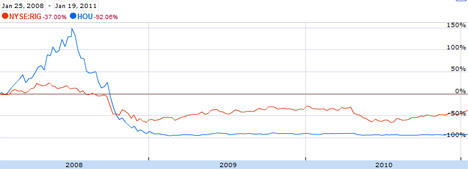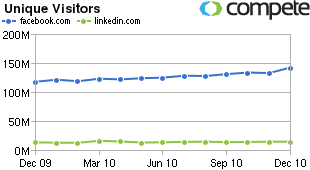When I first started trading, I didn’t know what shorting was. Shortly afterward, when I was buying stocks, I saw, under the list of choices (I wanted to use the word options but I don’t want to confuse readers) that I have, something called “Sell Short”. There was no “Buy Short” as a choice, just “Sell Short”.
I researched this all over the Internet, and the best definition of the concept was Wikipedia’s, which was still very vague and incomprehensible. Nevertheless, with time and practice, I was able to fully understand the concept, and now I can explain it to others.
Let’ say you went out with a friend to an electronics store, and he bought a nice 46″ 3D TV for $1,500 (including taxes). Because your friend was traveling that night, you ask him if you can borrow his new TV to enjoy the bliss of 3D movies. Later, at around 8 PM, you drop your friend at the airport (with another friend), and you both (you and your other friend) go to your place. Your other friend notices the boxed TV and asks, hey, that’s exactly what I want. I would like to buy it from you. How much are you selling it for? You think that you can just sell the TV now to your friend, and you can get the exact same one from the electronics store tomorrow (you know they have plenty). So you tell your friend it’ll be $1,500, just like I bought it a few hours ago. You friend gives you the $1,500 and leaves. Now you have the $1,500, but you don’t have the TV, and you need to buy another one.
2 days later, you go to the electronics store, and you notice that they have the exact same TV on special, for a $1,000, including taxes, so you buy it immediately, for $500 less than what you sold it. You take the TV home, and then you go to the airport, pick up you friend who borrowed you the TV, go back home, give the TV to your friend, and make a net profit of $500 ($1,500 – $1,000).
Here’s a step by step explanation of what happened:
– You borrowed your TV from your friend and sold it immediately at market price
– You waited (in this case for a couple of days)
– You bought back the TV at a cheaper price and you gave it back to your friend
– You kept the difference between the original price and the new, cheaper price.
Now of course, things don’t always go this way (otherwise, everyone would be borrowing TVs, selling them immediately, and then buying them back at cheaper prices while keeping the difference).
Let’s assume that you went back, and you saw that the store had increased the price of TV to $2,000, because there’s a lot of demand on 3D TVs at the time, and the supply just cannot keep up with the demand. What do you do?
– You can wait, hoping for the price to go down again.
– You can buy the TV, and pay $500 from your own money.
You decide to bite the bullet and pay $2,000, as you friend was returning the same day.
Let’s describe this scenario from a stock perspective:
– You sell short 1000 BAC shares at today’s price of $14.25: This means you borrow BAC stocks from someone in the market (typically your broker), and then sell them immediately in the market. You make $14,250 from this sale.
– You wait until the price of BAC goes down, to, let’s say, $14.
– You buy back 1,000 BAC shares at $14 each, for a total of $14,000.
– You return back the 1,000 BAC shares to your broker.
– You make a net profit of $250.
Now let’s assume a negative scenario:
– You sell short 1,000 BAC shares at $14.25. You get $14,250.
– The price of BAC seems to never go down, and it goes up to $14.50 (a level that you deem unacceptable), at this point, you decide you want to return back the stocks to your broker before losing more money.
– You buy back 1,000 shares of BAC at $14.50. You pay $14,500.
– You incur a loss of $250 ($14,250 – $14,500 = -$250).
Shorting stocks can be a very dangerous game, because while the profits are limited to the price of the stock, the losses can be unlimited. Here’s an example to make things clearer and highlight the dangers of this practice:
You think that AIB will be trading at a penny in the very near future, so you sell short 10,000 shares of AIB at $0.80 a share and you get $8,000.
Here’s what happens:
– The stock, instead of going down, goes up back to its 2007 level of $60 a share on excellent news about the “transparency” and “soundness” (read sarcasm) of the banking industry in Ireland.
– You have no other option but to get out of the stock, so you buy back $10,000 shares @ $60 each, which is $600,000.
– You lose $592,00 ($8,000 – $600,000 = -$592,000).
Now had it gone your way and the stock really went down to a penny, then you would’ve been able to buy back the $10,000 AIB stocks for $100, and make a profit of $7,900 ($8,000 – $100 = $7,900).
You see, while your losses were unlimited (and probably drove you to bankruptcy), your earnings were minimal considering the risk that you took. You better have to have tight stops to get out of a position when you feel that the stock is reversing a previous trend and becoming bullish again.
Now the question remains, how can you sell something that you do not own? Is such a thing possible? Brokerage firms, to prevent fraud and hedge the risk of shorting stocks, have to trust you first before allowing you to do this. I don’t know about your brokerage firm, but mine have the following rules for shorting stocks:
– Apply for a margin account, which is a type of account that allows you to buy and sell stocks with more money than actually have.
– Have at least $25,000 in cash and equities in your account.
I hope my simple introduction to shorting stocks was helpful…
